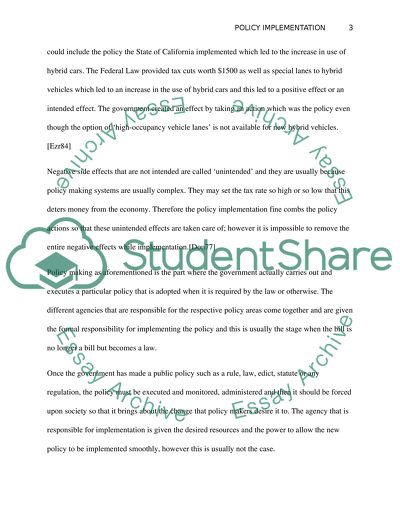Cite this document
(“What strategies can policy makers employ to promote successful policy Essay”, n.d.)
What strategies can policy makers employ to promote successful policy Essay. Retrieved from https://studentshare.org/history/1402805-what-strategies-can-policy-makers-employ-to
What strategies can policy makers employ to promote successful policy Essay. Retrieved from https://studentshare.org/history/1402805-what-strategies-can-policy-makers-employ-to
(What Strategies Can Policy Makers Employ to Promote Successful Policy Essay)
What Strategies Can Policy Makers Employ to Promote Successful Policy Essay. https://studentshare.org/history/1402805-what-strategies-can-policy-makers-employ-to.
What Strategies Can Policy Makers Employ to Promote Successful Policy Essay. https://studentshare.org/history/1402805-what-strategies-can-policy-makers-employ-to.
“What Strategies Can Policy Makers Employ to Promote Successful Policy Essay”, n.d. https://studentshare.org/history/1402805-what-strategies-can-policy-makers-employ-to.


